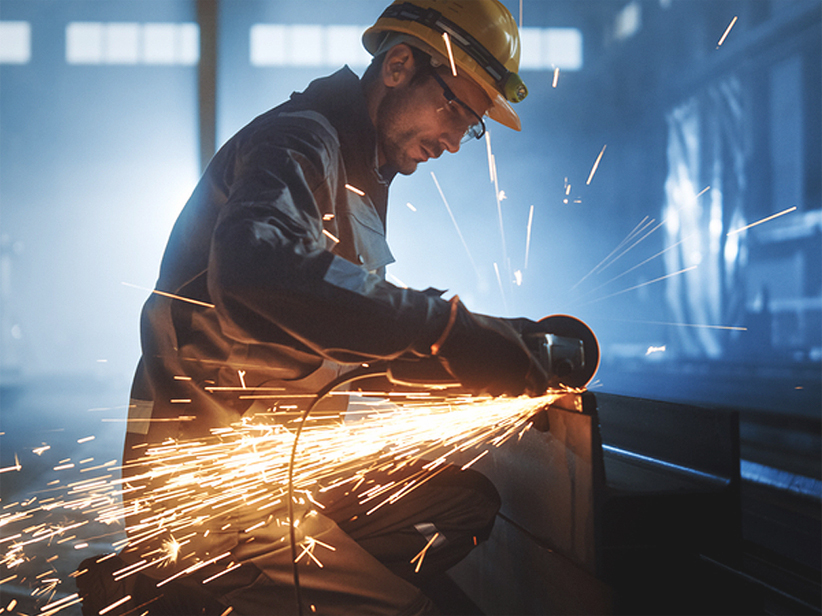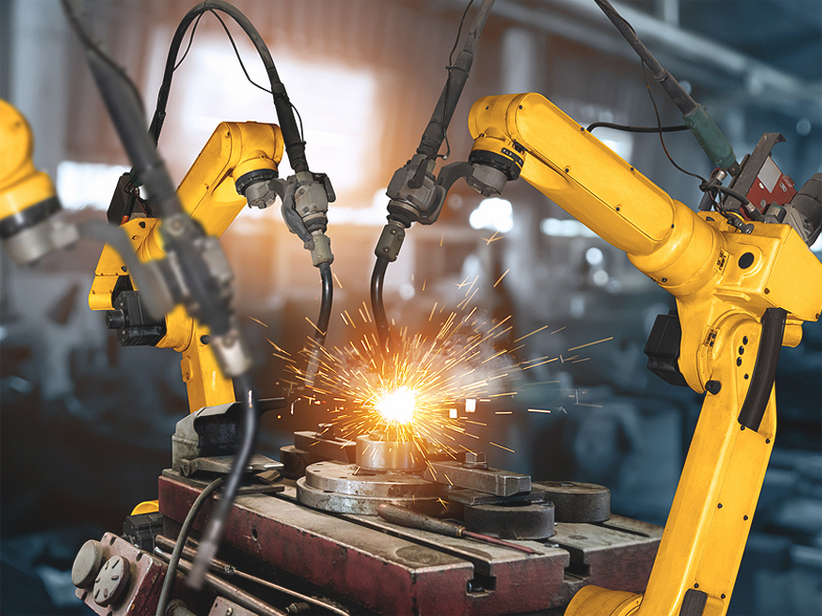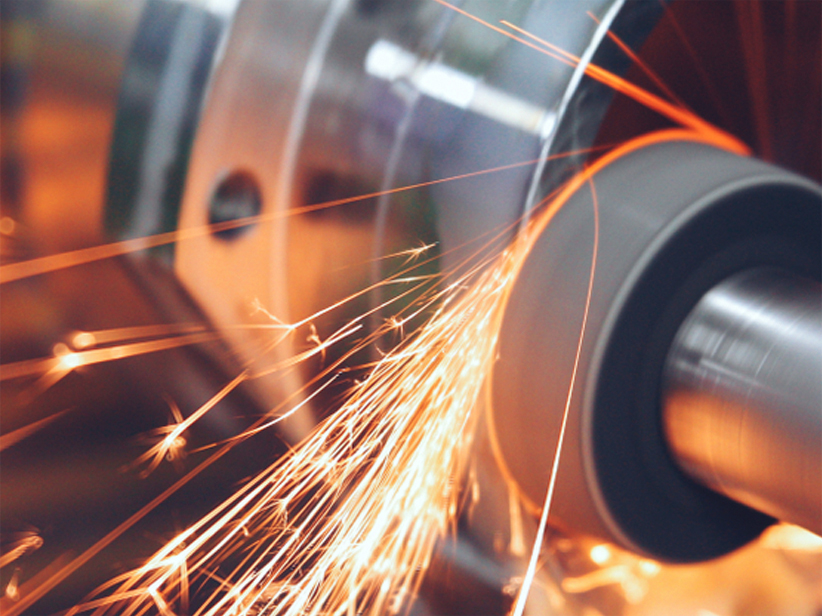304 vs 316 Stainless Steel: Which is more expensive?
In deciding on the choice of correct stainless steel for usage application, the consideration is cost specifically, whether to employ 304 stainless steel or 316 stainless steel. Both grades are no less famous for corrosion resistance, strength, and universality but differ in chemistry, characteristics, and price. The forthcoming blog will talk about said differences and answer the most critical question: Of the two, which is more costly, 304 or 316 stainless steel?
What is 304 Stainless Steel
304 stainless steel is the most widely used stainless steel in the world. It is used extensively due to the fact that it has a good corrosion resistance, formability, and it is relatively cheaper. It is also known as ss 304 and it is an austenitic stainless steel having a good chromium-nickel balance.
Chemical composition of ss 304 will typically include:
- 18–20% chromium
- 8–10.5% nickel
- Residuals of carbon, manganese, silicon, and phosphorus
This blend is responsible for the high corrosion resistance and mechanical strength of ss304 material, thus ideal for use under indoor and light external conditions like kitchen appliances, pipes, and buildings.
ss 304 material characteristics include:
- Good weldability and ductility
- Excellent heat resistance up to 870°C
- Annealed state: non-magnetic
All these ss 304 characteristics render it economically viable for general purposes where the environment is not corrosively hostile.
What is 316 Stainless Steel?
316 stainless steel is another austenitic type, similar to 304 in almost every respect but with one difference: molybdenum. It contains 2–3% molybdenum, which gives it an excellent resistance to chlorides, acid, and seawater and is excellent for more aggressive applications.
The chemical composition of ss316 usually contains:
- 16–18% chromium
- 10–14% nickel
- 2–3% molybdenum
Owing to this extra molybdenum, the characteristics of 316 stainless steel are:
- Significantly increased corrosion resistance, especially to chlorides and seawater environments
- Excellent pitting and crevice corrosion resistance
- Good creep, stress-to-rupture, and tensile properties at high temperatures
Because of these benefits, 316 stainless steel is used extensively in marine engineering, chemical processing, and health care device fabrication—industries where resistance to long-term exposure to challenging environments is of extreme importance.
So, Which One is More Expensive?
Let us now tackle the million-dollar question—Which grade costs more: 304 or 316?
Raw Material Differences
The largest factor in ss304 being less expensive than 316 is that 316 contains molybdenum. Molybdenum is a costly alloying element. Higher nickel in 316 also causes material to be more costly.
Market Price Trends
While 316 stainless steel is quoted on a global demand and raw material basis, 316 will typically be 20–30% higher in price than 304. This spread may be greater when molybdenum is increasing.
Fabrication and Manufacturing Cost
Both 304 and 316 stainless steels are just as machinable, fabricatable, and weldable. 316 does have a slightly higher alloy composition which somewhat adds to the cost of fabrication.
Cost Effectiveness over the Long Term
Although 316 stainless is a higher upfront cost, it typically spends more over the long term in aggressive environments. For example, in chemical or marine exposure, 304 will corrode faster and need replacement or maintenance more over its lifetime.
So although 304 grade stainless is a lower up-front cost, 316 stainless steel may be the more cost-effective in the long run depending on use.
When to Use 304?
Use 304 stainless steel when;
- Your application is indoors or mildly corrosive environments
- Cost is of primary importance
- Aesthetic appearance and satisfactory corrosion resistance are adequate
Common applications are sinks, cutlery, storage tanks, architectural panels, and furniture.
When to Use 316?
Use 316 stainless steel when;
- Your environment is exposure to seawater, acids, or aggressive chemicals
- You require maximum corrosion life and resistance
- The use is in a high-risk, exterior, or marine environment
Uses are drug production equipment, heat exchangers, sea equipment, and medical implants.
Conclusion
Commonly, ss 304 is the cheaper multi-purpose selection, and 316 stainless steel is standard for high-risk, high-corrosion applications. In the end, it is a compromise between your application needs and cost.
If you are looking for quality stainless steel wire or strip materials, Venus Wires offers both grades with accurate processing and material purity. Contact us immediately to get the best stainless steel solution that is perfectly fit for your needs.







